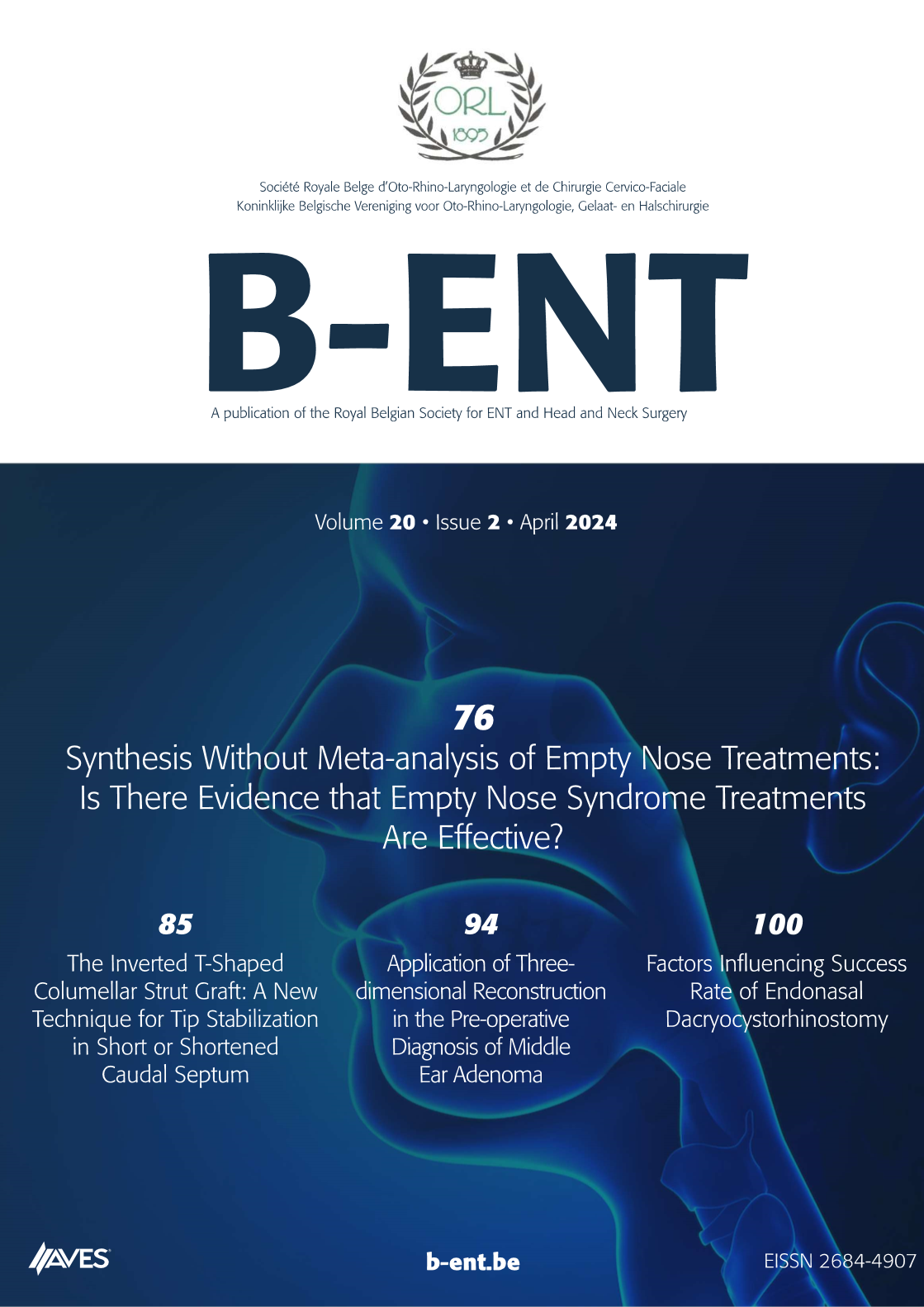Middle ear pressure changes with sevoflurane and propofol-remifentanil. The present study aimed to compare the effects of sevoflurane (a commonly used inhalation anesthetic) and intravenous propofol on middle ear pressure (MEP) and determine the more appropriate option for middle ear operations. Fifty-seven American Society of Anesthesiologists risk class I-II patients aged 18-65 years who were not scheduled for ear or tympanic membrane operations were included in the study. The patients were randomly divided into two groups using the sealed envelope method. Propofol (0.2-0.5 mg/kg; Group P) and sevoflurane (1-2%; Group S) were used to maintain anesthesia. Baseline tympanometry was conducted on both ears and recorded before anesthesia was induced. Four additional measurements were performed and recorded at 5, 10, 15, and 30 minutes after induction. All post-induction MEP values were significantly higher than baseline measurements in Group S (P<0.05 for all); there were no differences between post-induction and baseline measurements in Group P. At 10, 15, and 30 min post-induction, MEP values were significantly higher in Group S than in Group P (P<0.05). Sevoflurane increased MEP values significantly compared with propofol anesthesia. We conclude that propofol can be used more reliably than sevoflurane in middle ear operations.



.png)
